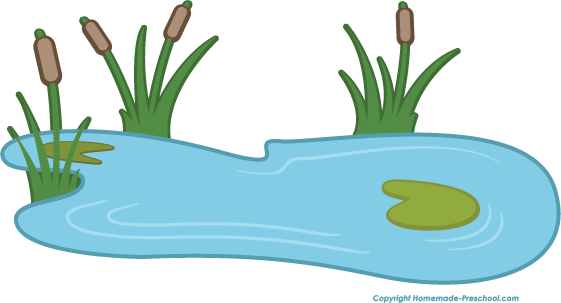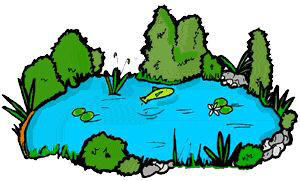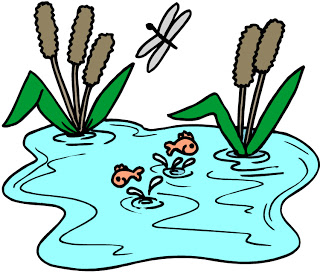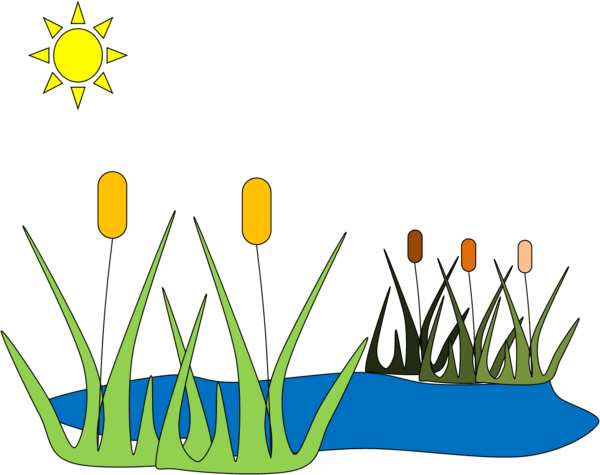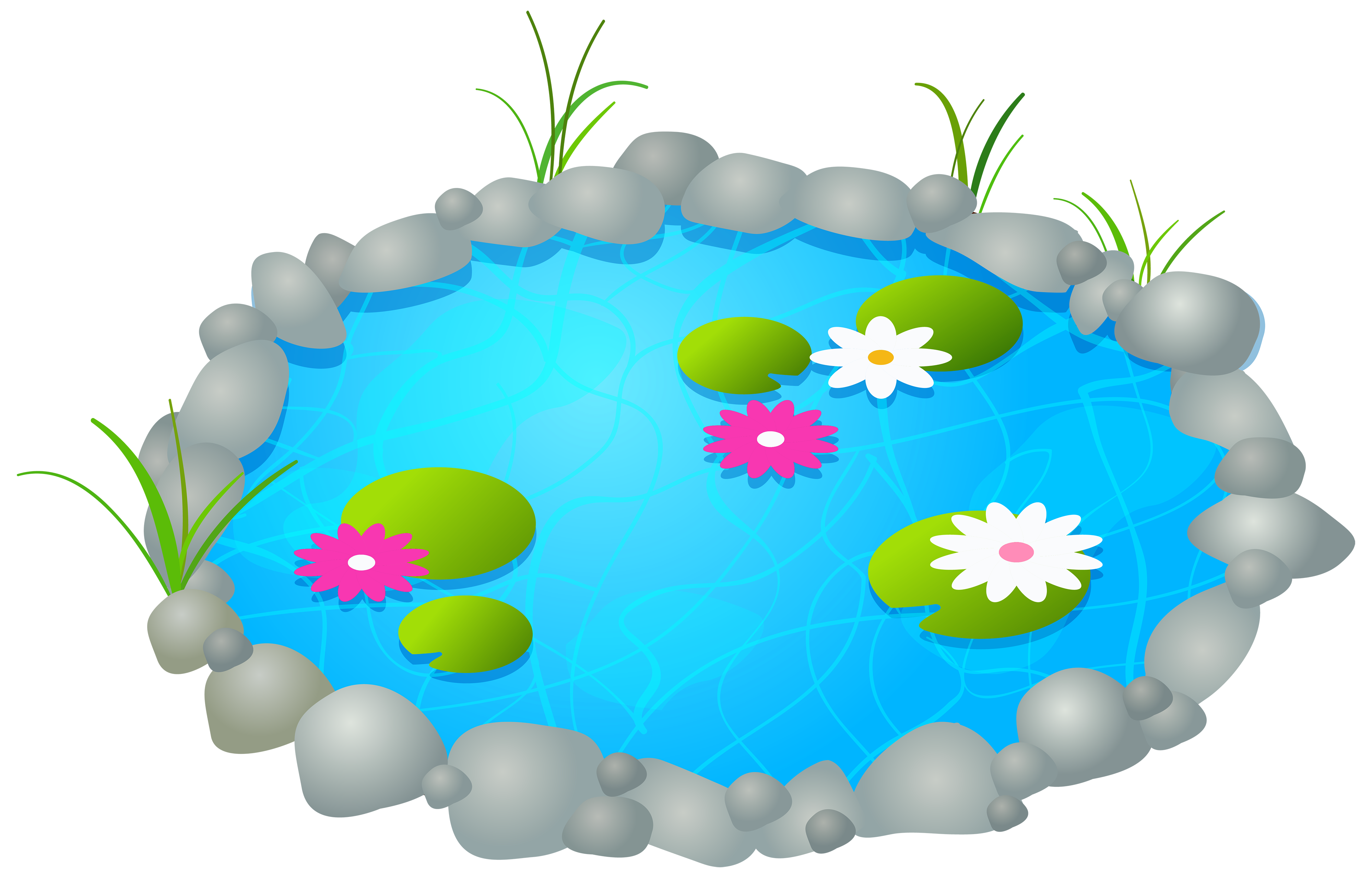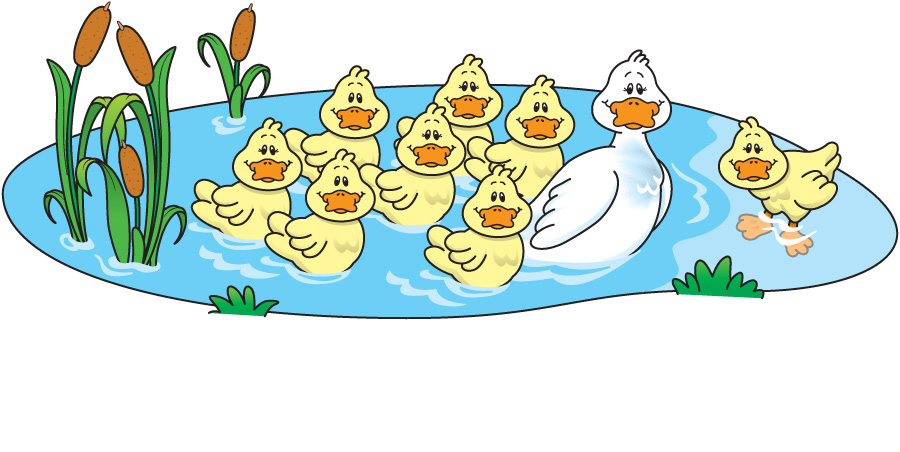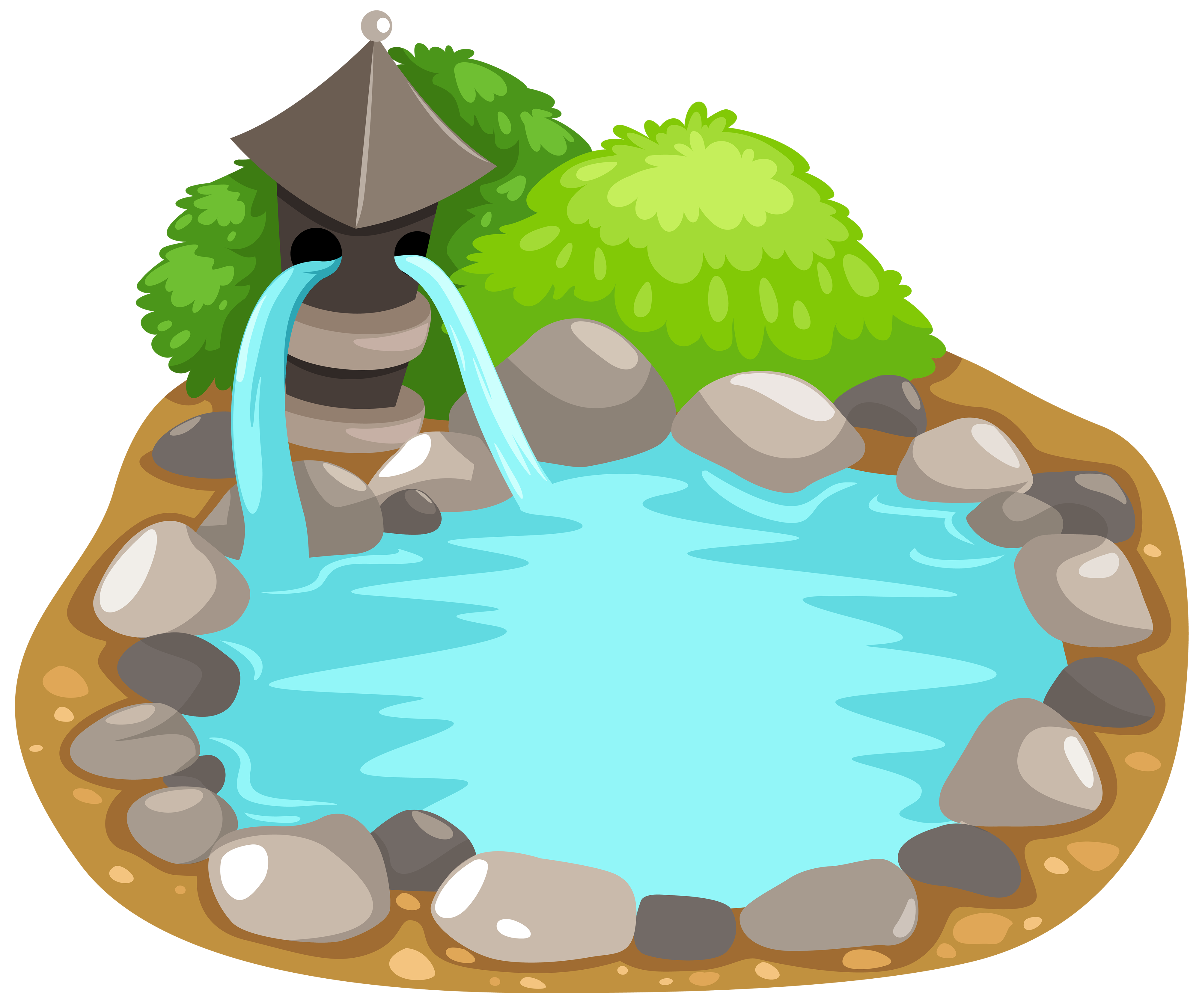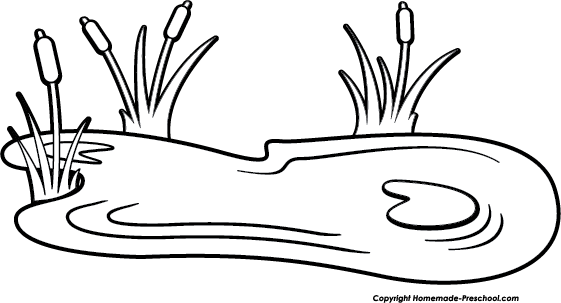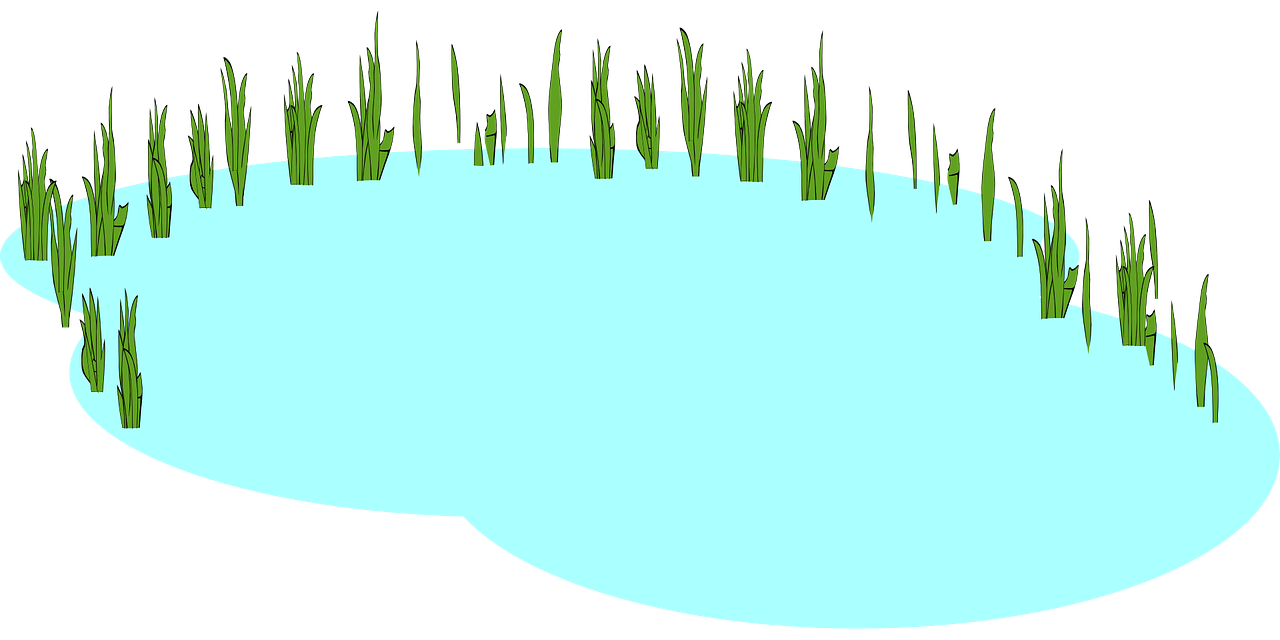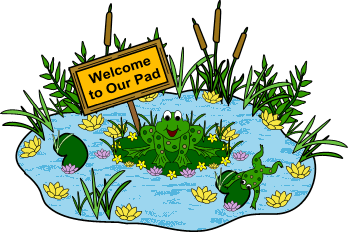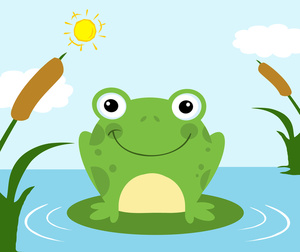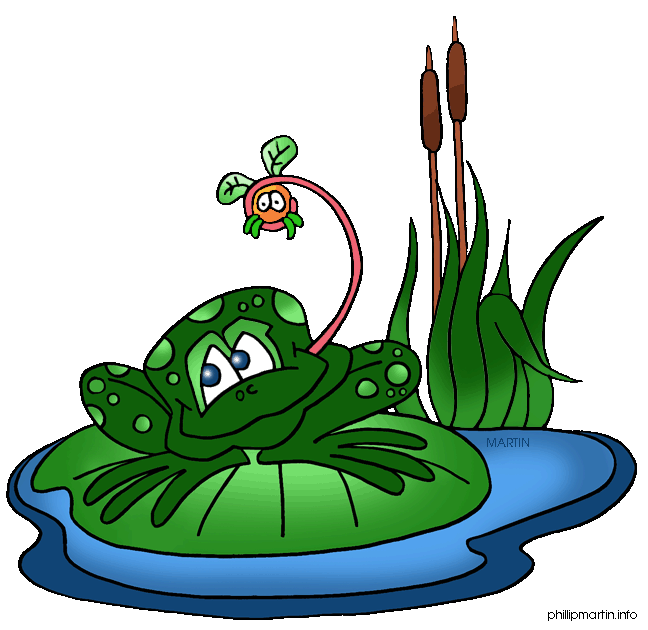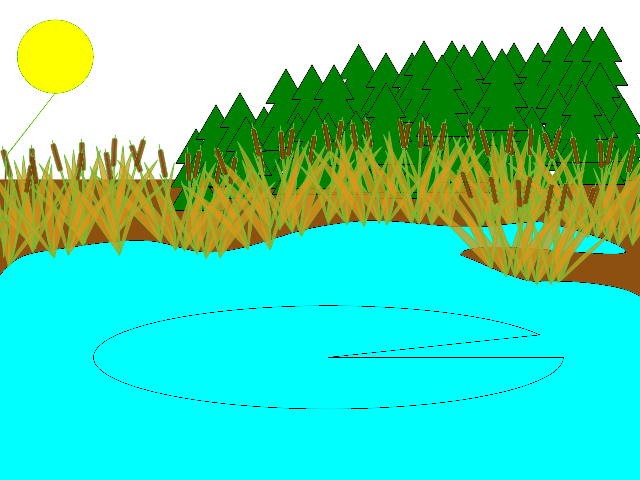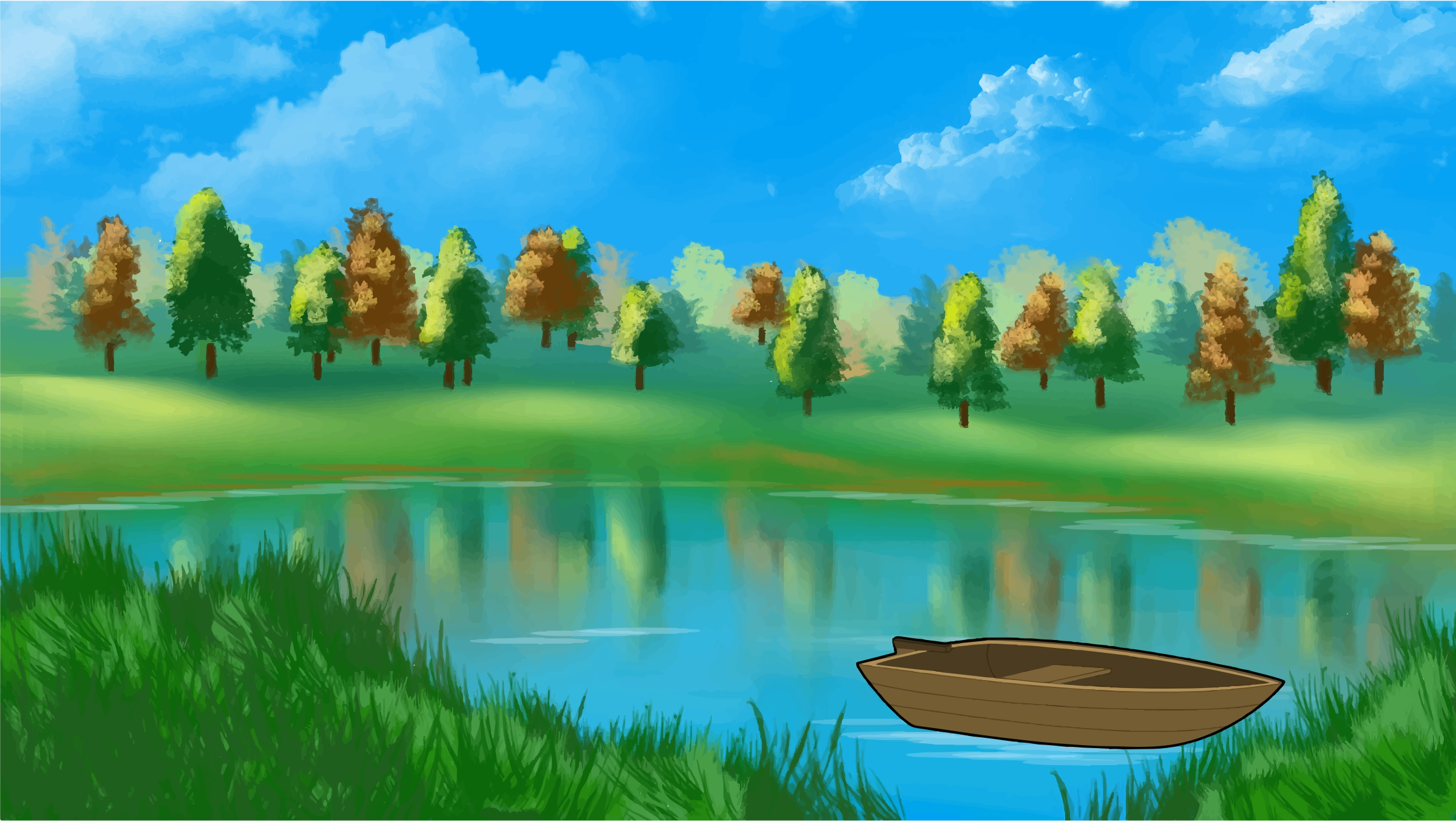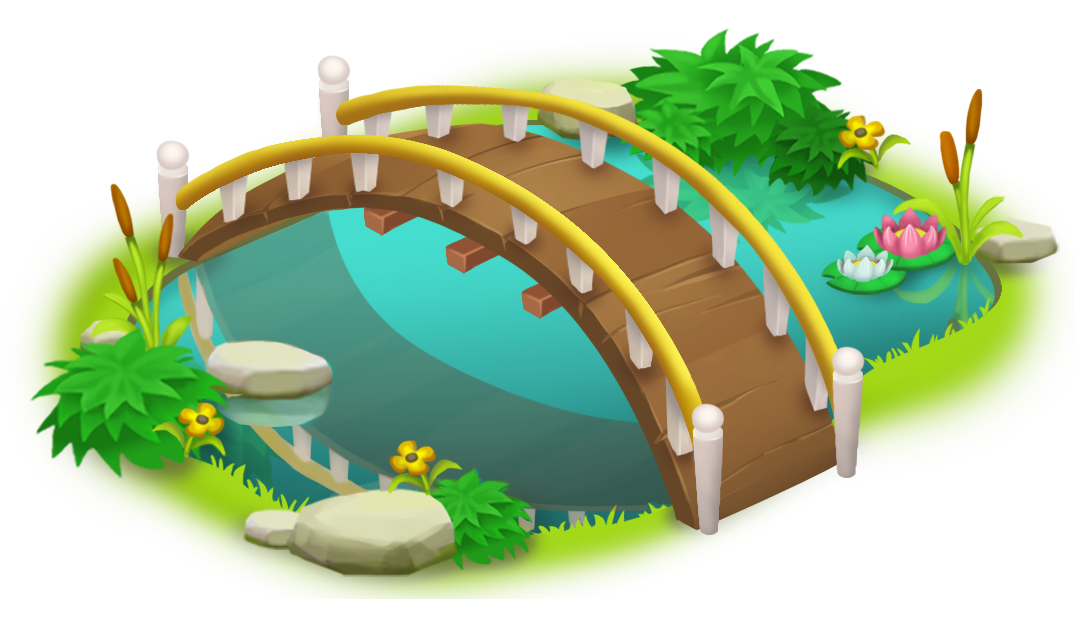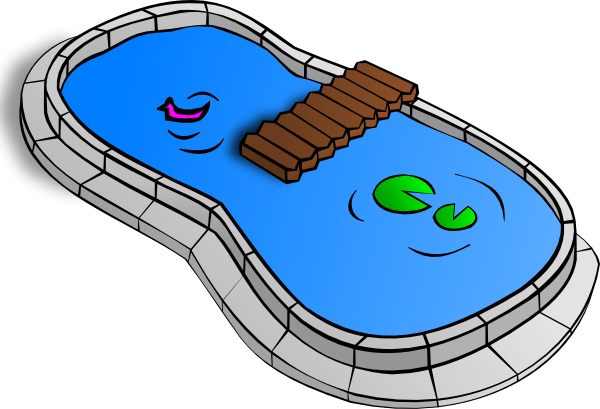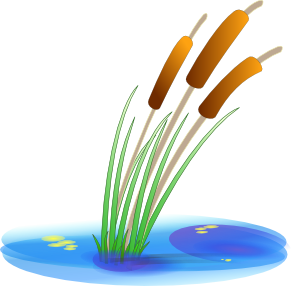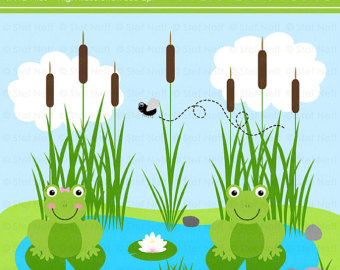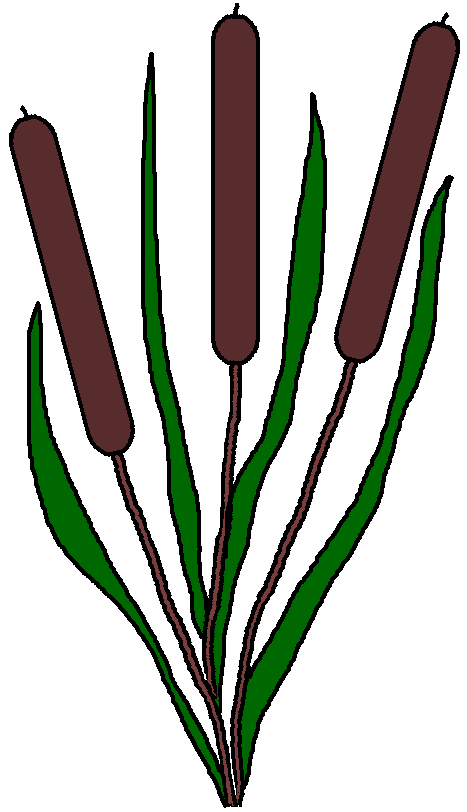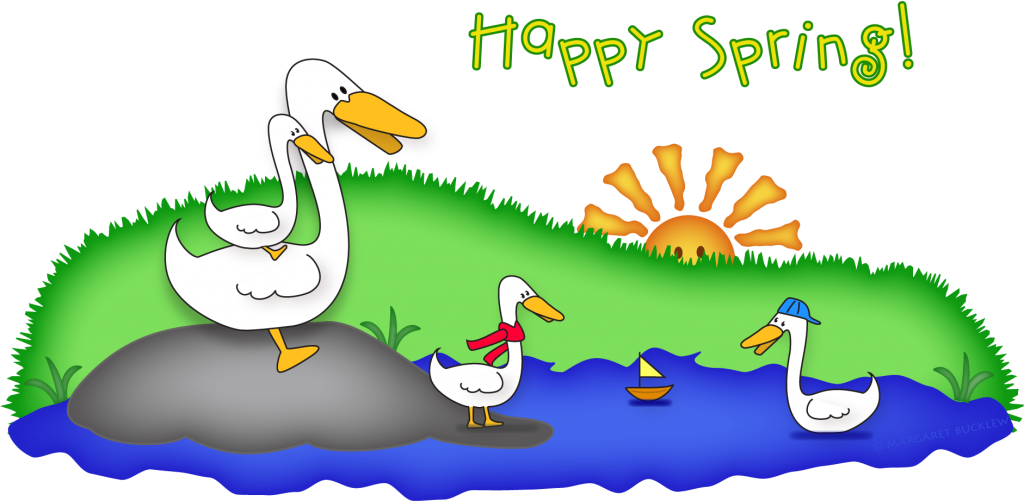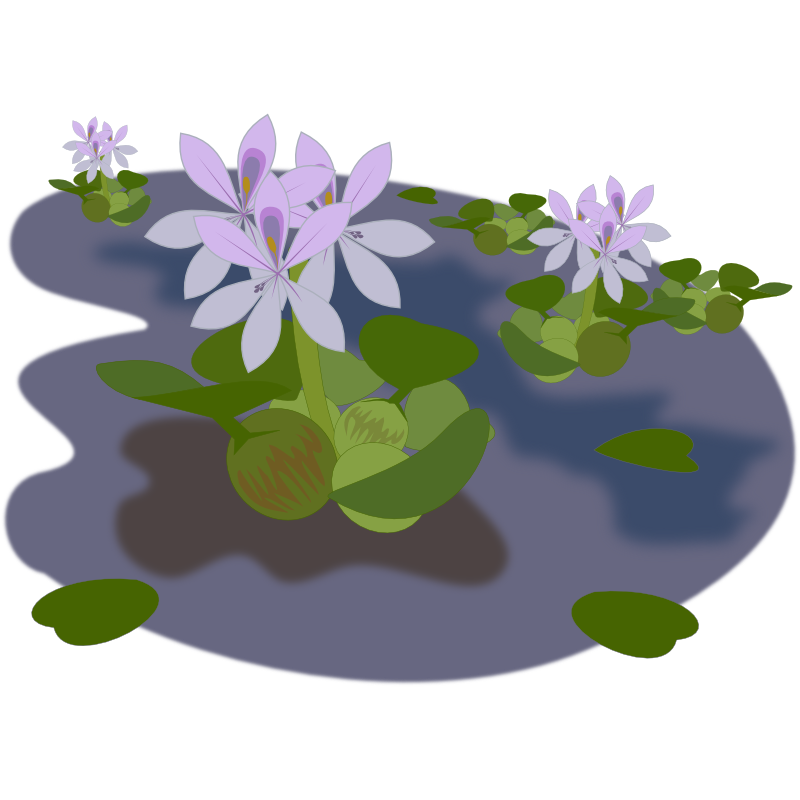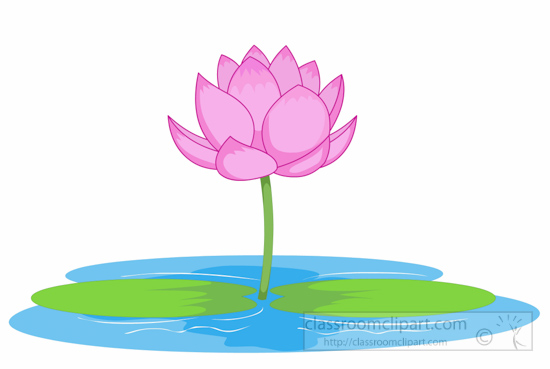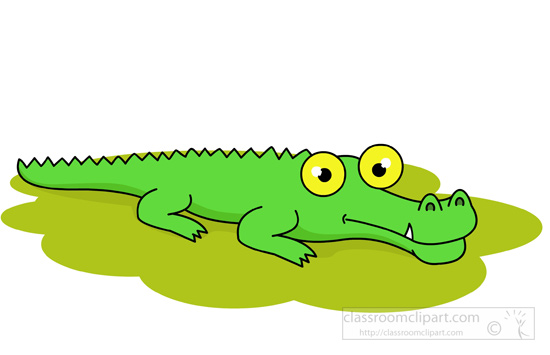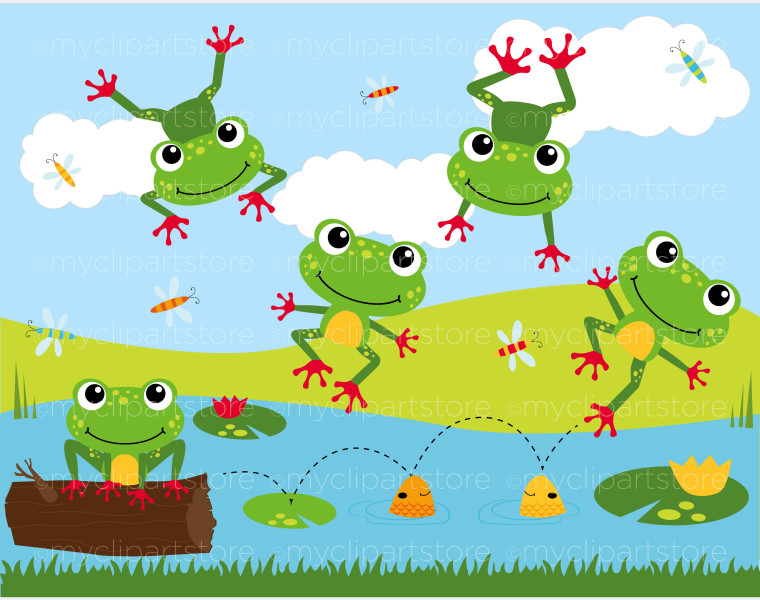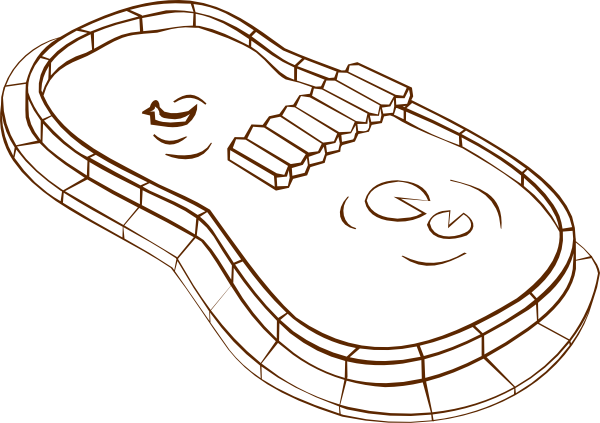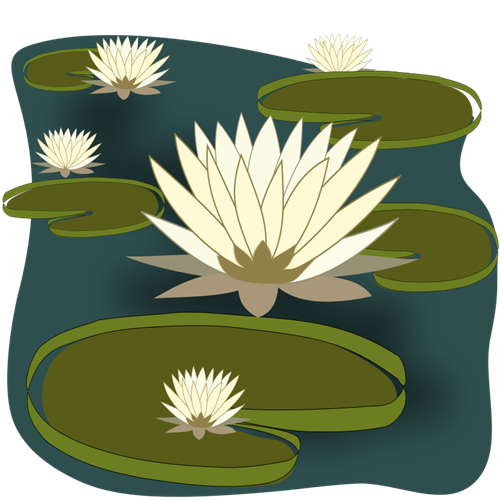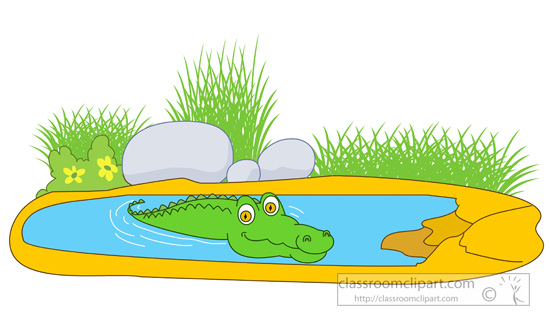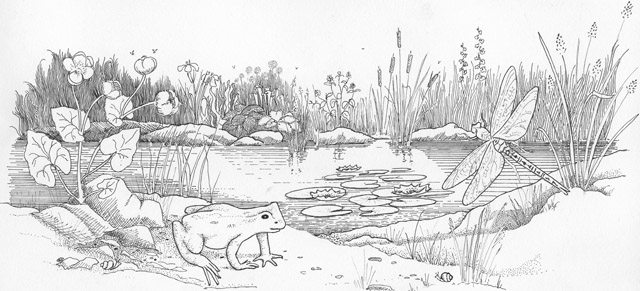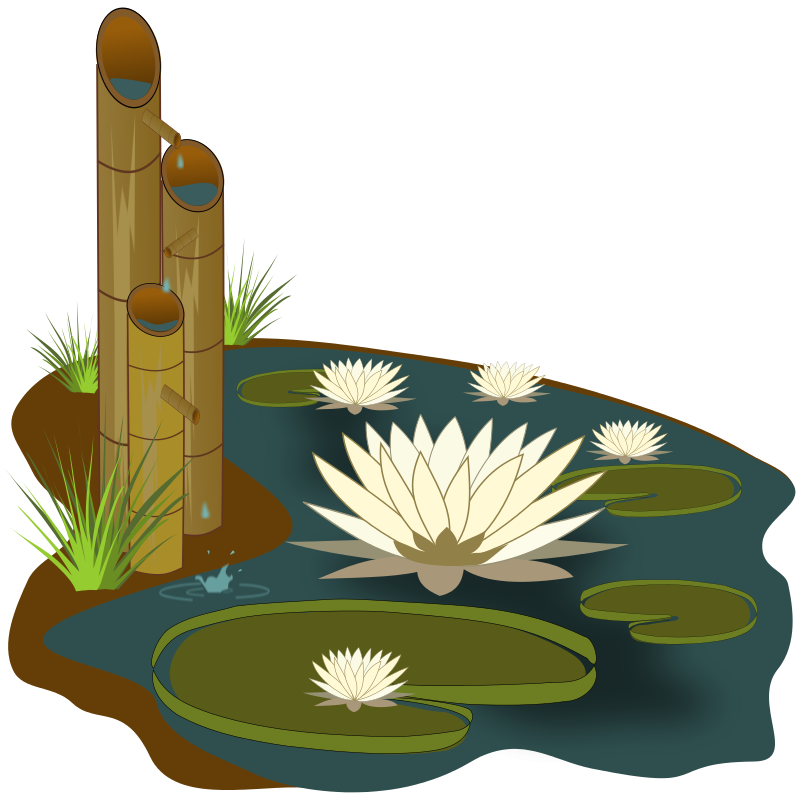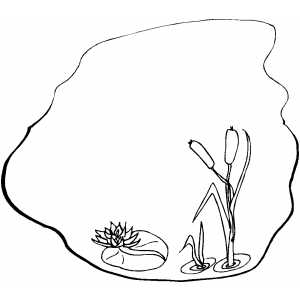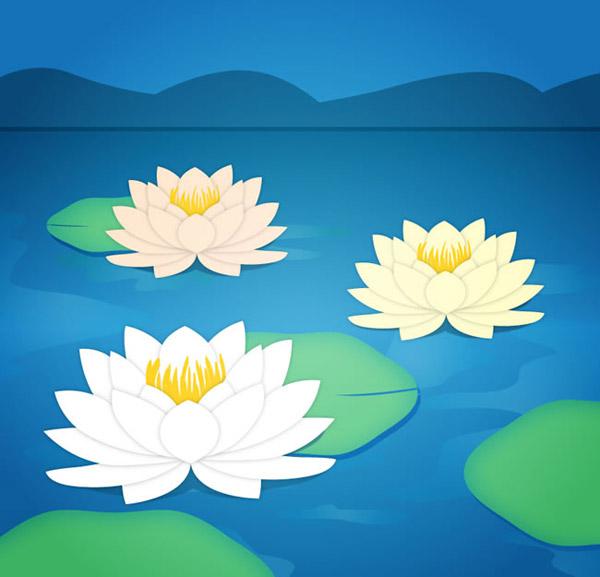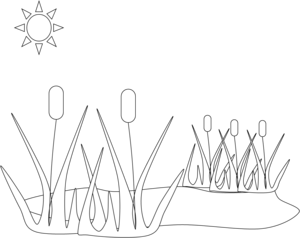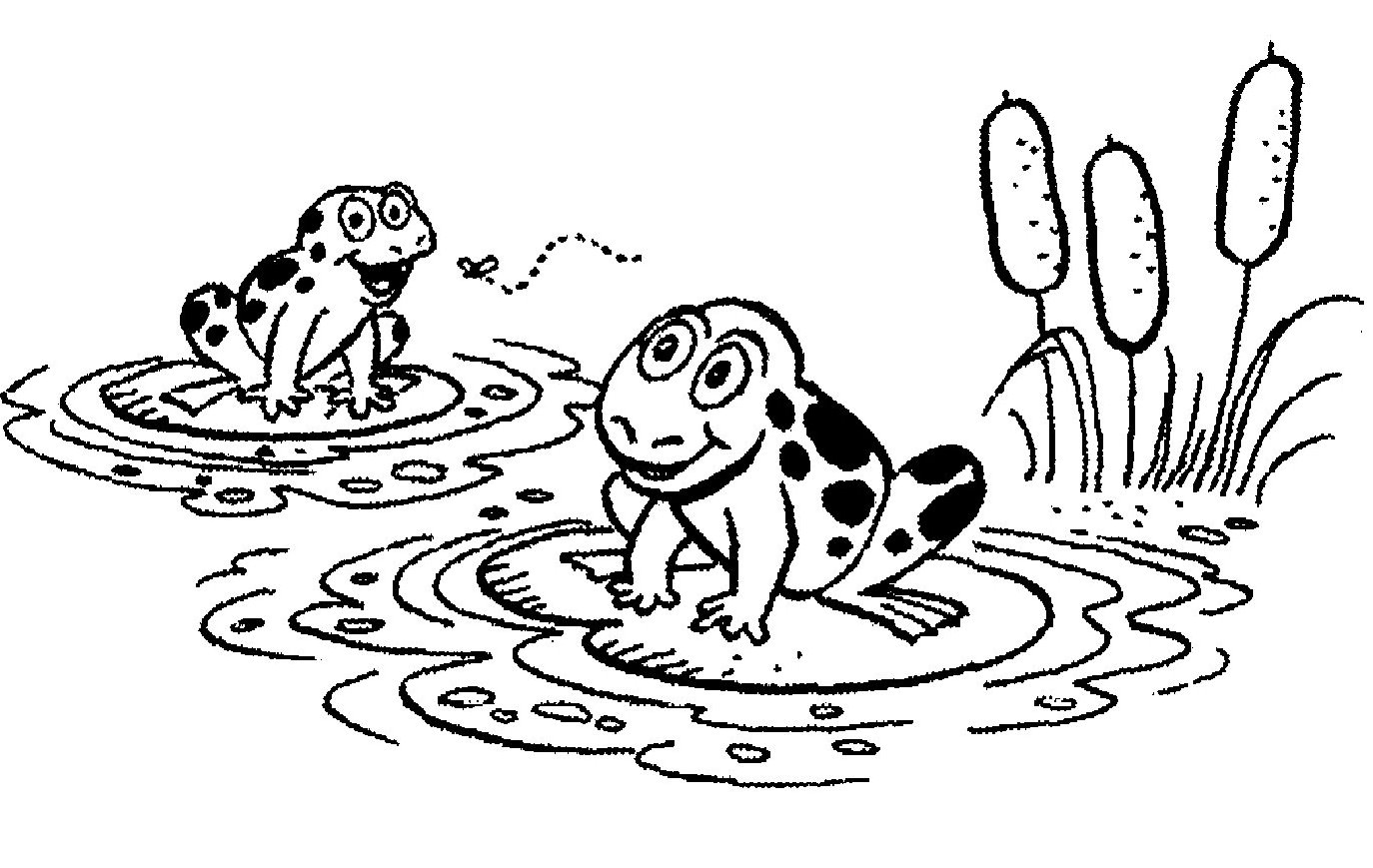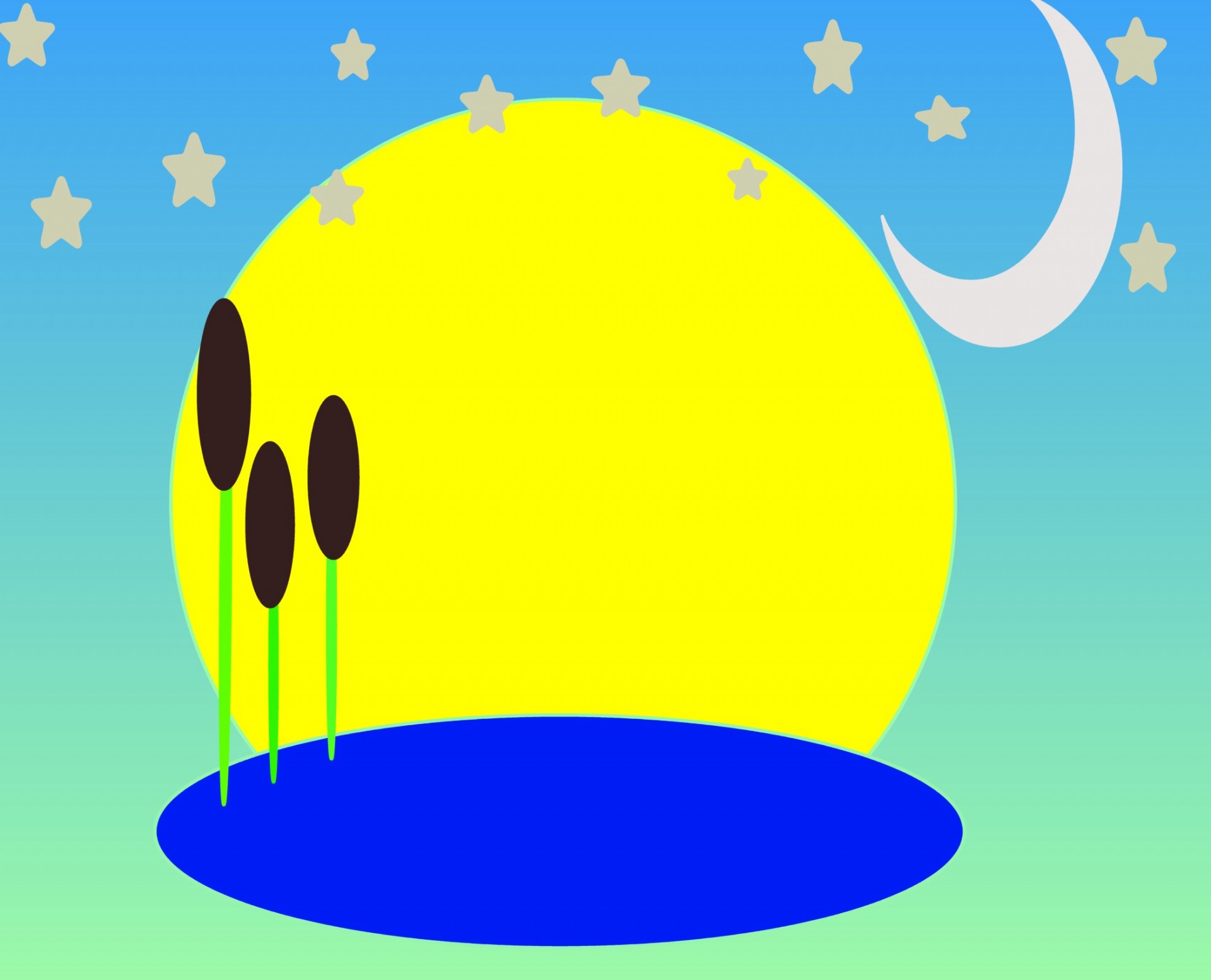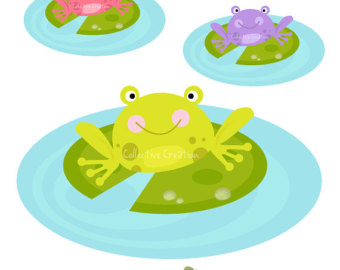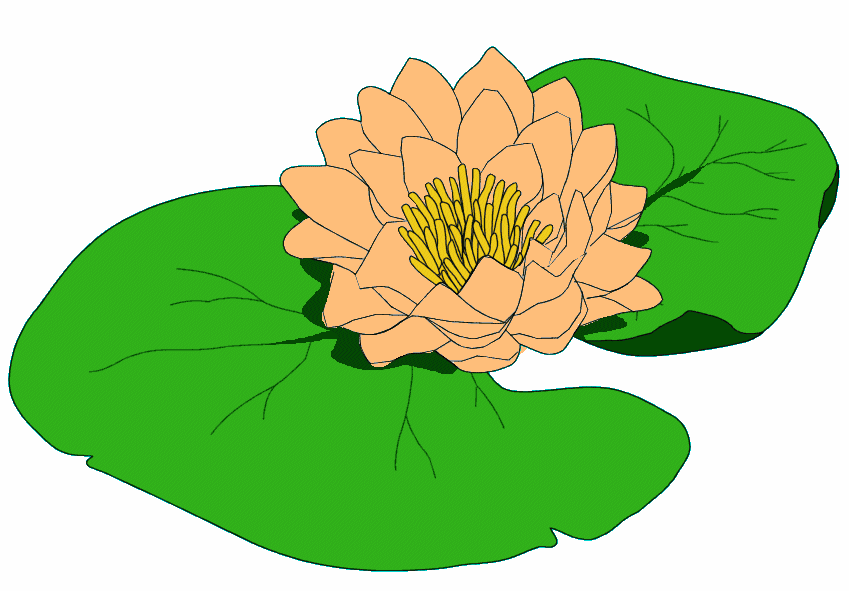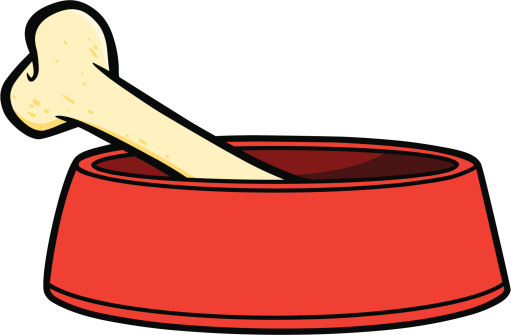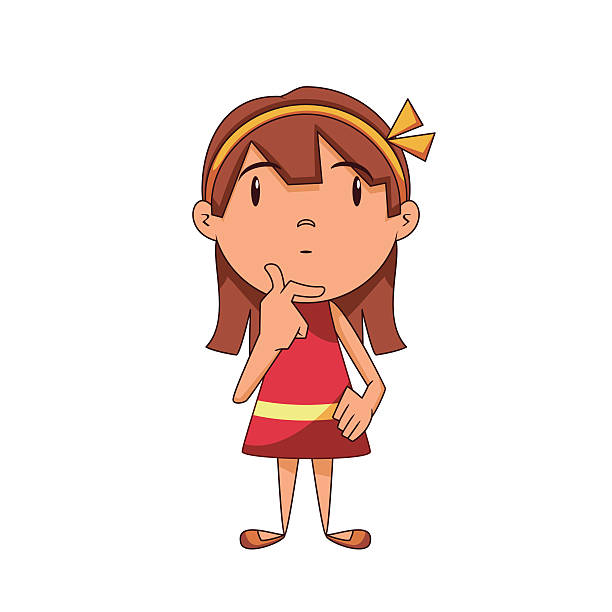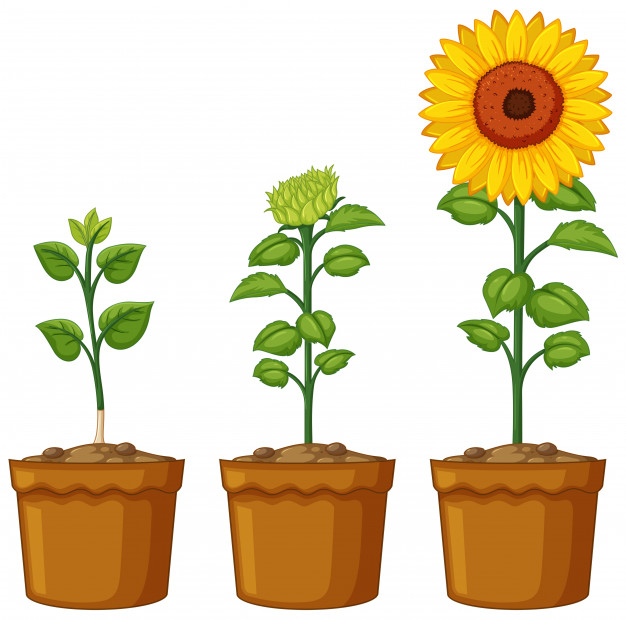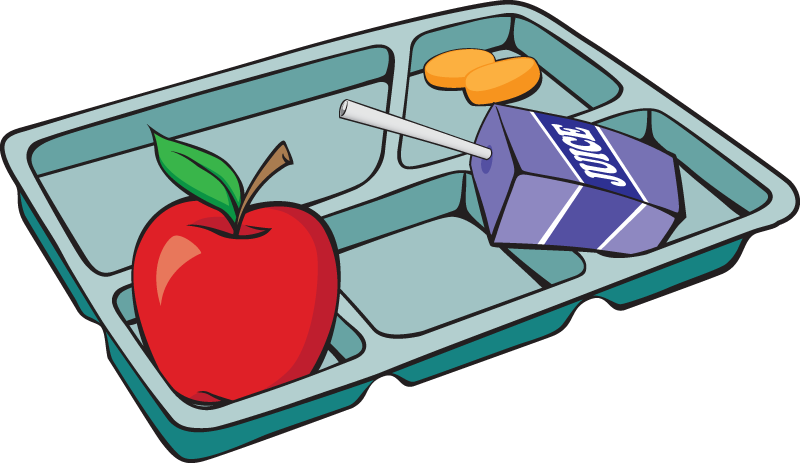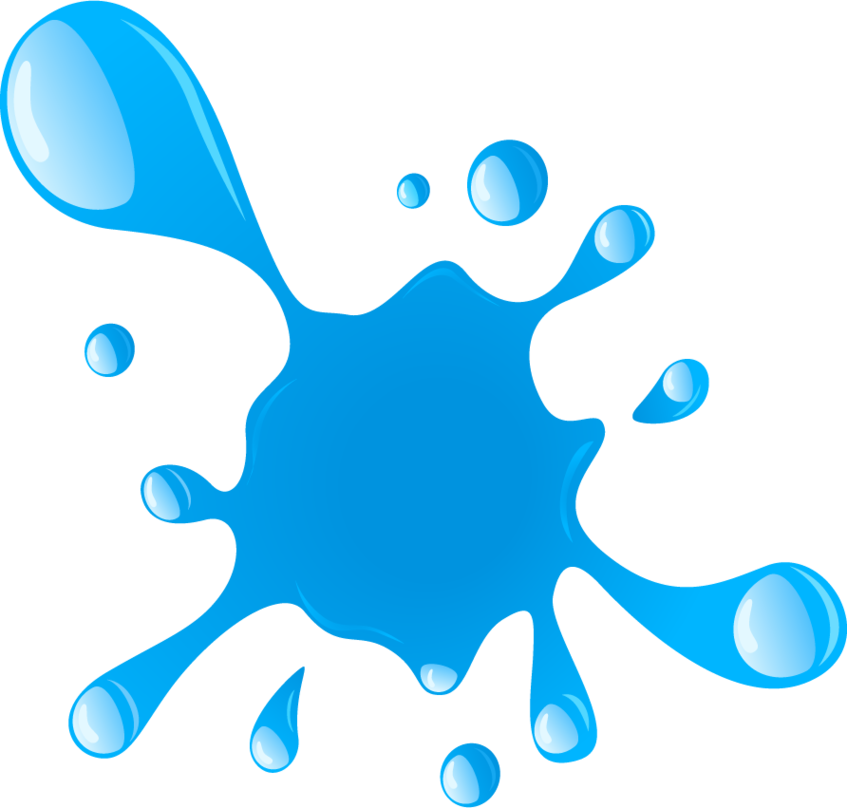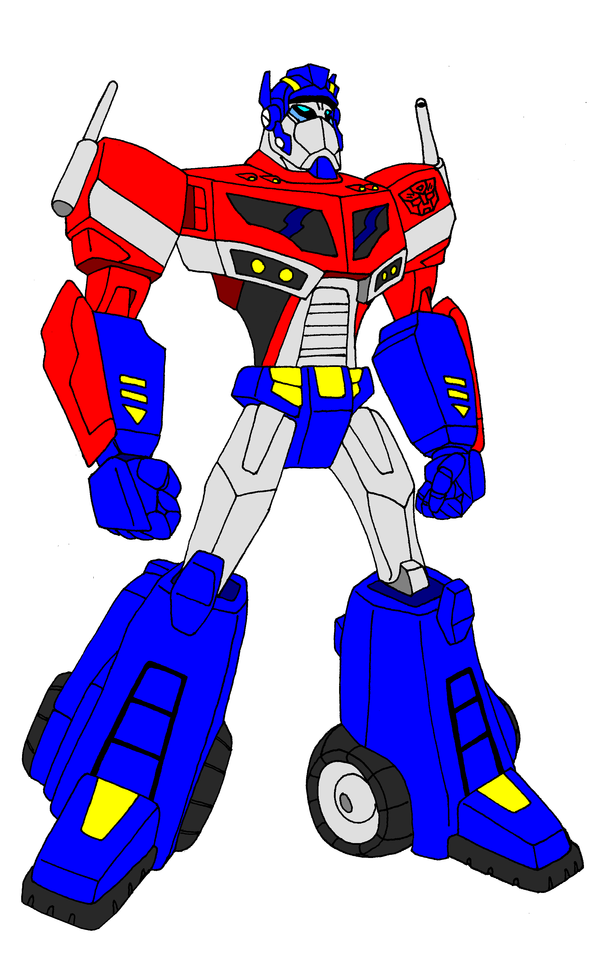Pond Clip Art
Ponds are self-contained bodies of water that have fascinated people for centuries. They have been a part of gardens, parks, and natural landscapes for many years and are known for their ability to attract a diverse range of flora and fauna. Ponds come in many shapes and sizes, and can be created in both natural and artificial environments. They make a great addition to any outdoor space, adding beauty, functionality, and environmental benefits.
The benefits of ponds are numerous. They provide a habitat for fish, amphibians, and insects, and attract birds and other wildlife. Pond plants add oxygen to the water and help filter pollutants. Waterfalls and fountains provide the soothing sound of moving water while adding an aesthetic element. Ponds also play an important role in the water cycle, helping to absorb and release water from the surrounding area and replenishing the groundwater supply.
One of the key considerations when creating a pond is its location. Some factors to consider include the amount of sunlight the pond will receive, the proximity to trees, and the potential impact of runoff from the surrounding area. The shape and size of the pond should also be considered. A larger pond will require more maintenance, while a smaller pond may not be able to support certain types of fish and plants.
The materials used to construct a pond can also impact its longevity and maintenance needs. Liner ponds are popular because they allow for more flexibility in pond shape and size, but require regular maintenance to prevent leaks. Pre-formed ponds are more rigid in shape and require less maintenance, but are limited in size options. A natural pond, created by digging a hole and lining it with clay or sand, can provide the most durable and low-maintenance option, but requires a skilled hand to create and may not be suitable for all climates.
When designing a pond, it is important to consider the types of plants and fish that will thrive in the environment. Native plants and fish are the best choices, as they are adapted to the local climate and will require less maintenance. Plants are also essential for maintaining the ecological balance of the pond, providing oxygen, and filtering pollutants. Fish can add an additional aesthetic element and provide a source of entertainment for pond owners.
Maintaining a pond can be a labor-intensive task. Regular maintenance tasks include removing debris from the water, controlling algae growth, and pruning plants. Fish and other aquatic life also require regular attention, such as feeding and monitoring for disease. The use of chemicals should be limited to prevent damage to the pond ecosystem.
Ponds are a beautiful and functional addition to any outdoor space. They provide a habitat for wildlife, improve water quality, and add an aesthetic element. When deciding to create a pond, careful consideration should be given to its location, shape, and size, as well as the materials used. The selection of plants and fish should be well-researched to ensure their compatibility with the environment. Finally, regular maintenance is essential to ensure the longevity and health of the pond.
41 Pond Clip Art vector / images. Browse the popular clipart of pond and get Pond Clip Art for your personal use. Please share these Pond Clip Art to your friends if it is useful.
